Staff of the Department of Environment, Department of Agriculture and Rural Development guide people on the process of collecting, classifying and treating waste at households.
According to surveys and statistics of the functional sector, the amount of domestic solid waste generated in the province is estimated at about 3,000 tons/day/night. The rate of collection and treatment of this amount of waste is over 92% with the main method being manual burning and burial. Meanwhile, many landfills in the province are overloaded, significantly affecting the living environment, such as the landfill in Sam Son ward, the landfill in Bim Son ward...
In particular, in the total amount of household waste generated, the proportion of plastic waste accounts for about 9%. The process of burning and burying this type of waste causes negative impacts on the environment, especially the soil, water and air environments.
Studies and analyses have shown that pure PVC contains about 49% chlorine. Burning PVC releases toxic halogens that can also bind and transport pollutants in the air. Burning plastic bags or any type of plastic outdoors can create dioxins, furans and other toxic substances. In particular, manual plastic recycling such as burning plastic-coated cables to collect metals can release toxic chemicals into the environment. By-products of plastic combustion are airborne fly ash particles and solid ash (black carbon) that can affect human health and the environment.
To limit the impact of solid waste on the living environment, many practical activities have been implemented such as organizing workshops to share information, knowledge and experience in classifying domestic solid waste and treating food waste at source; establishing and maintaining many environmental protection models such as "Family of 5 has, 3 clean", "Exchanging waste for trees, for utensils", "Collecting, classifying and recycling waste into useful items"...
In many localities, Party committees, authorities, and mass organizations have also actively participated in guiding and mobilizing people to classify waste at source and limit the use of disposable plastic and nylon products. Thereby, gradually changing people's awareness and responsibility in classifying and treating waste at source, contributing to reducing the amount of waste transported for treatment. In particular, responding to World Environment Day every year, the Provincial People's Committee has issued an action plan with many important contents and tasks assigned to sectors and localities to implement, such as organizing propaganda andeducation activities, raising awareness for all levels, departments, sectors, organizations and people of all walks of life about the importance of environmental protection, the harmful effects of solid waste, plastic waste, and nylon bags on life.
For example, in response to World Environment Day and the 2025 Environmental Action Month with the theme "Fighting plastic pollution", the Department of Agriculture and Environment (DARD) coordinated with local authorities to organize a training course on classifying, reducing plastic waste, composting biodegradable waste into fertilizer, reducing waste that needs to be treated for 200 households in Hoang Cat commune (now Hoang Son commune). At the training course, representatives of the Department of Environment (DARD) informed a large number of officials and people about the current situation of household waste generation, waste collection and treatment activities in the province; the impact of plastic waste on the environment and daily life. At the same time, disseminate knowledge about environmental protection, daily household waste treatment and guide people on the process of collecting, classifying, and treating waste at households; fermentation techniques to treat household waste into organic fertilizer for agricultural production...
According to Deputy Head of the Environment Department Nguyen Thi Thuy, this is useful information that contributes to improving knowledge and skills in environmental protection for people towards a green, clean lifestyle, in harmony with nature and preserving the living environment for future generations.
The above practical activities show the attention and participation of all levels and sectors in the collection and treatment of domestic solid waste in order to minimize the impact of waste on the environment. However, there are still many shortcomings and limitations that have not been completely overcome in this activity. Notably, the overload situation compared to the initial design capacity at many landfills is noteworthy. In particular, according to the assessment of the Department of Agriculture and Environment, during the operation, many landfills in the province have not fully and correctly implemented the technical process of sanitary landfilling. There is still a situation where collected waste is not dumped in the right place, not leveled, compacted and covered with soil on the surface; Failure to build a complete system for collecting and treating leachate has led to the emergence of many flies, mosquitoes and foul odors in the landfill area, affecting the living environment of the surrounding area... This also means that if there are no measures to treat and reduce the amount of daily generated waste, the risk of widespread environmental pollution is inevitable.
Article and photos: Phong Sac
Source: https://baothanhhoa.vn/chat-thai-ran-sinh-hoat-va-nguy-co-o-nhiem-moi-truong-254149.htm


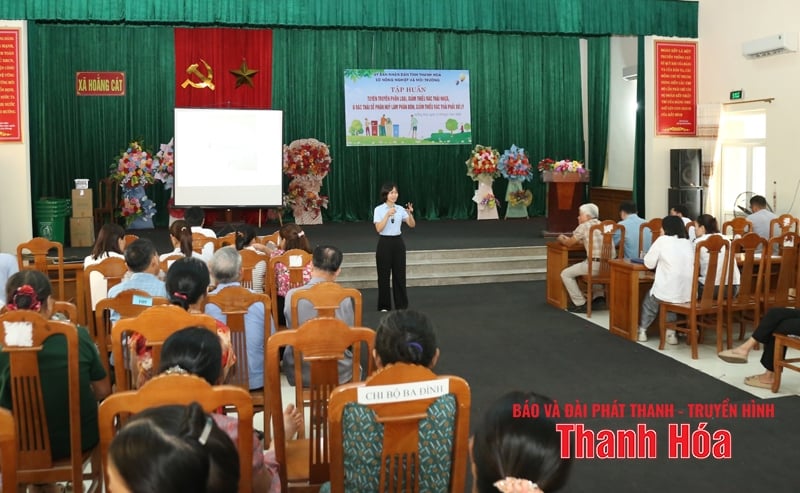
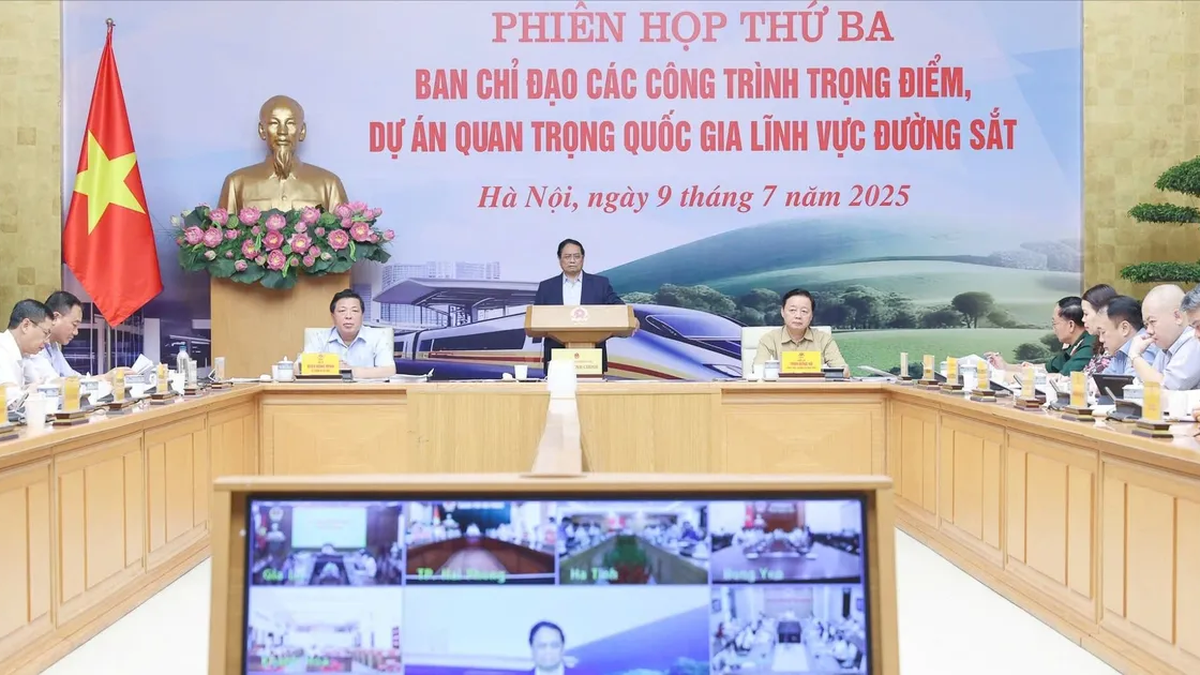
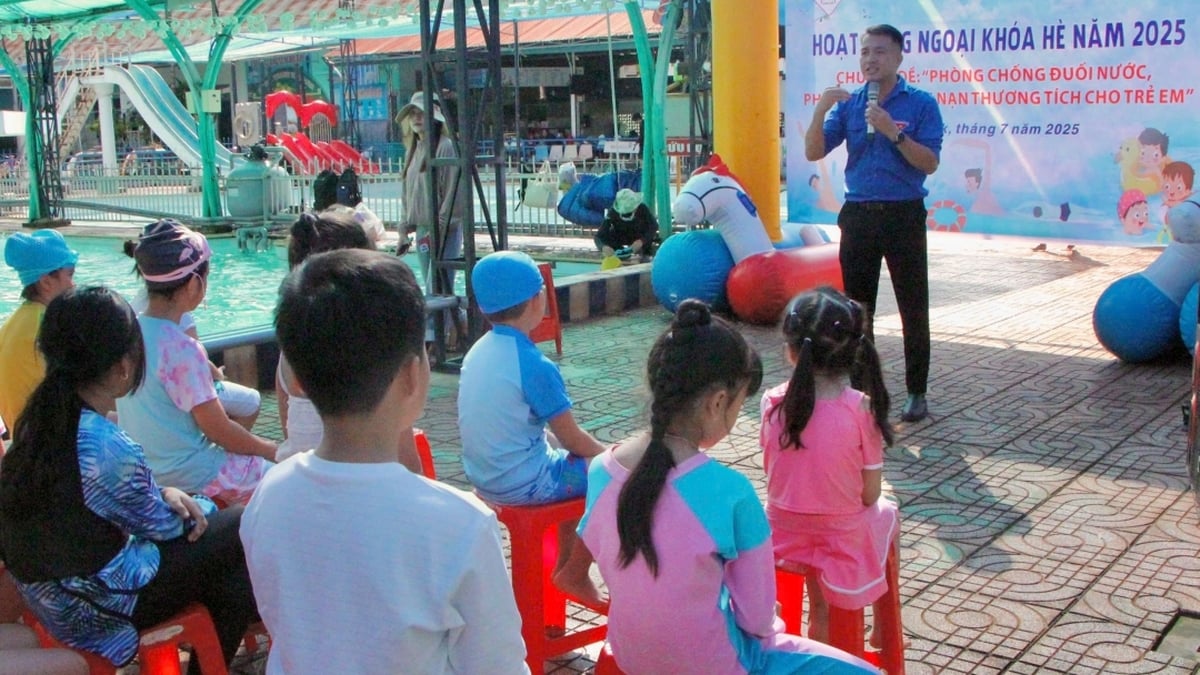
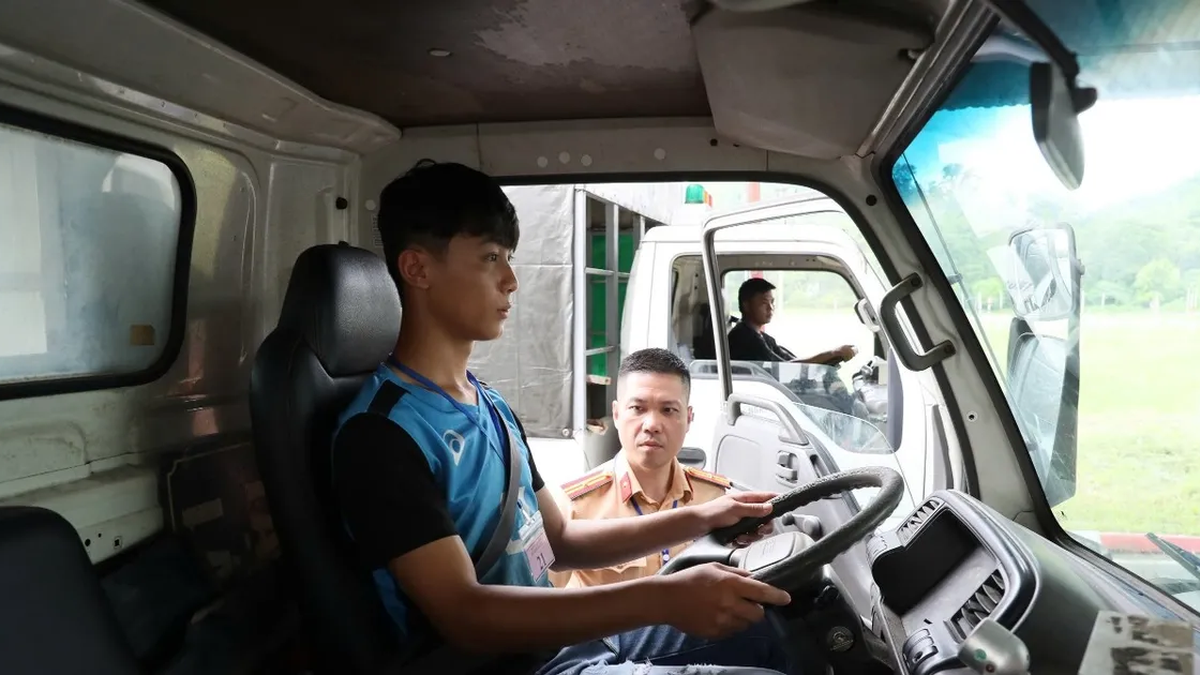
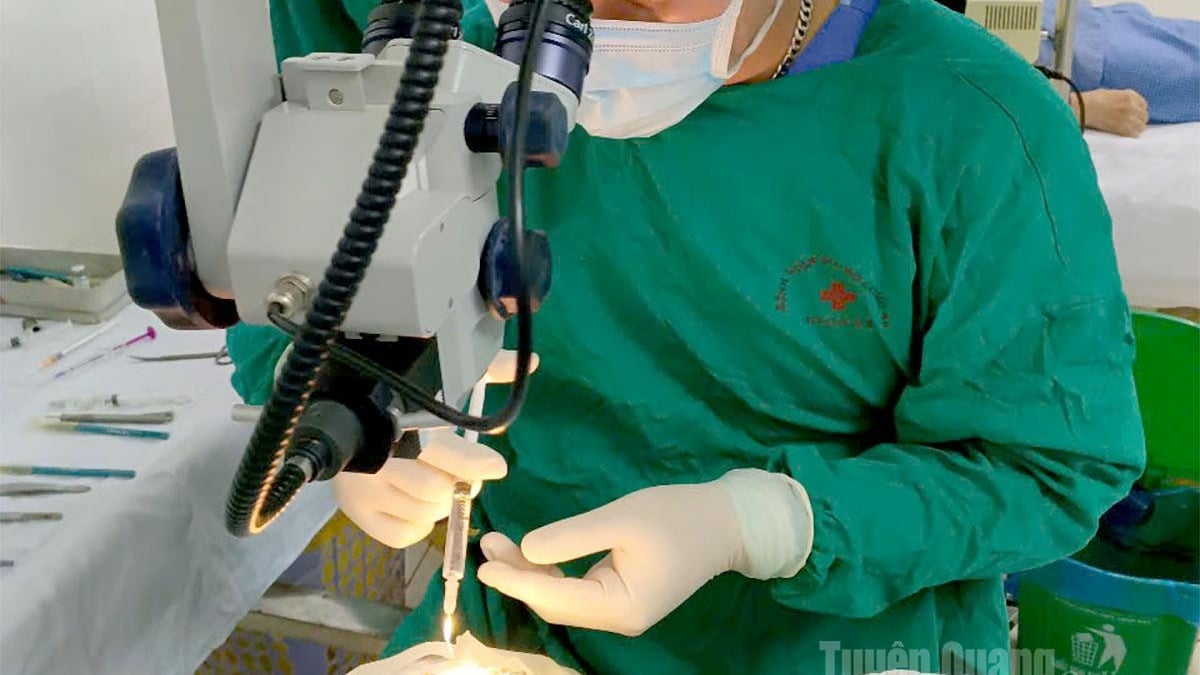
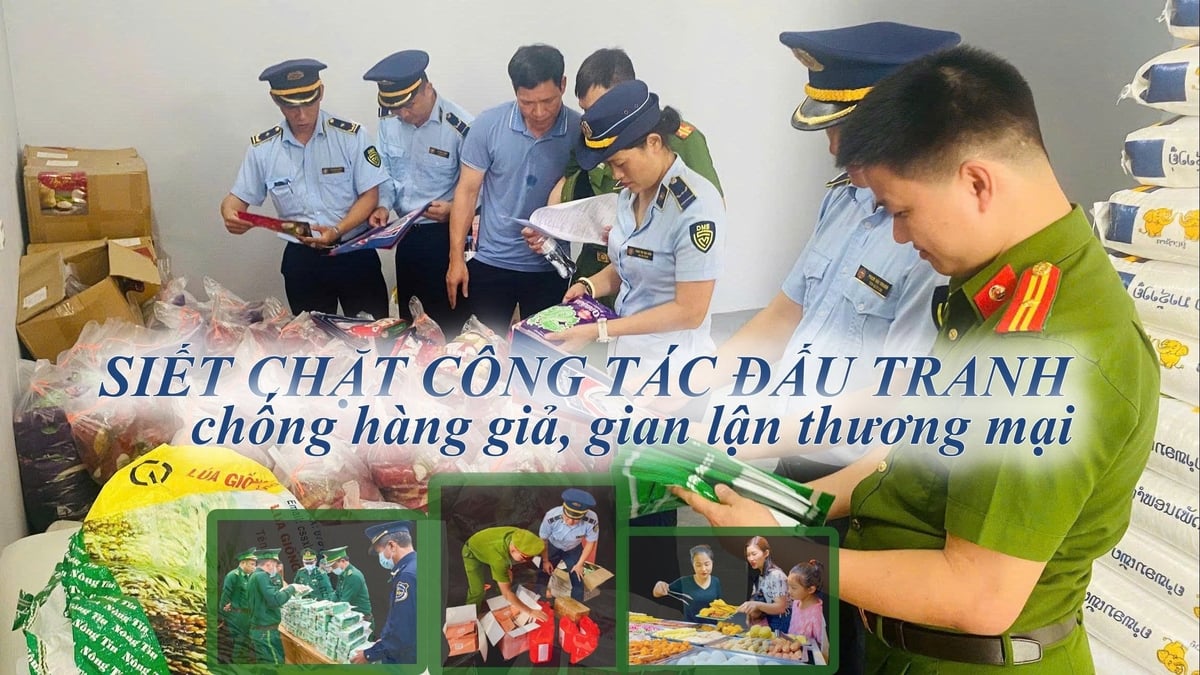
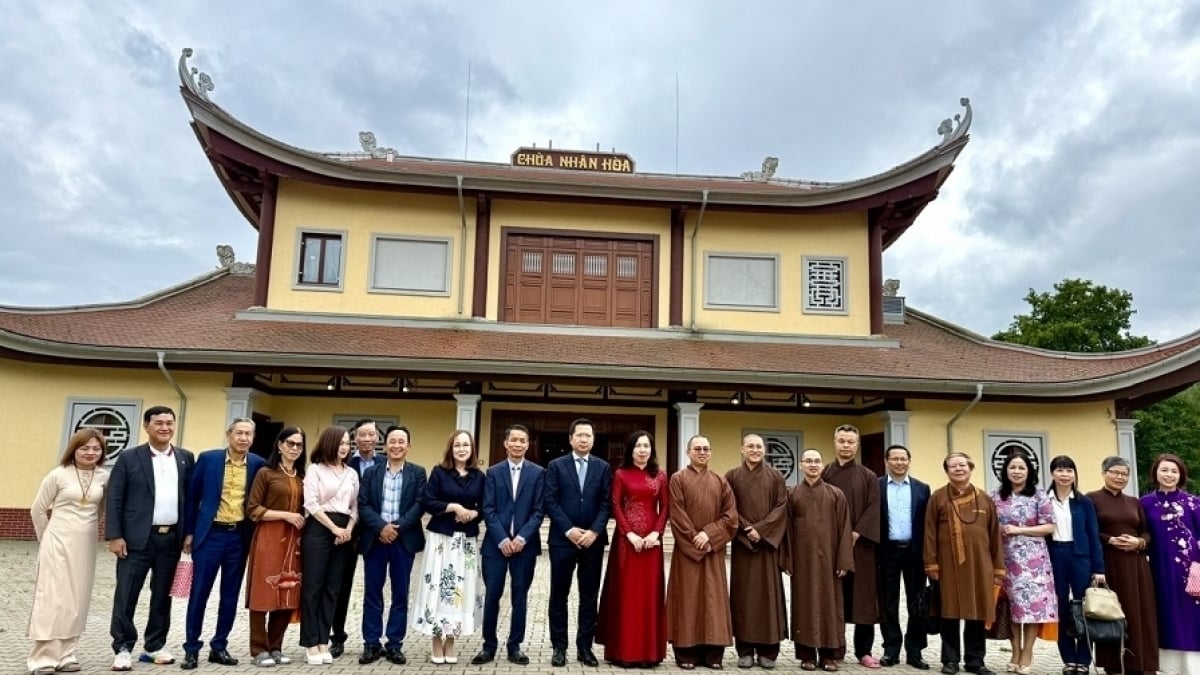
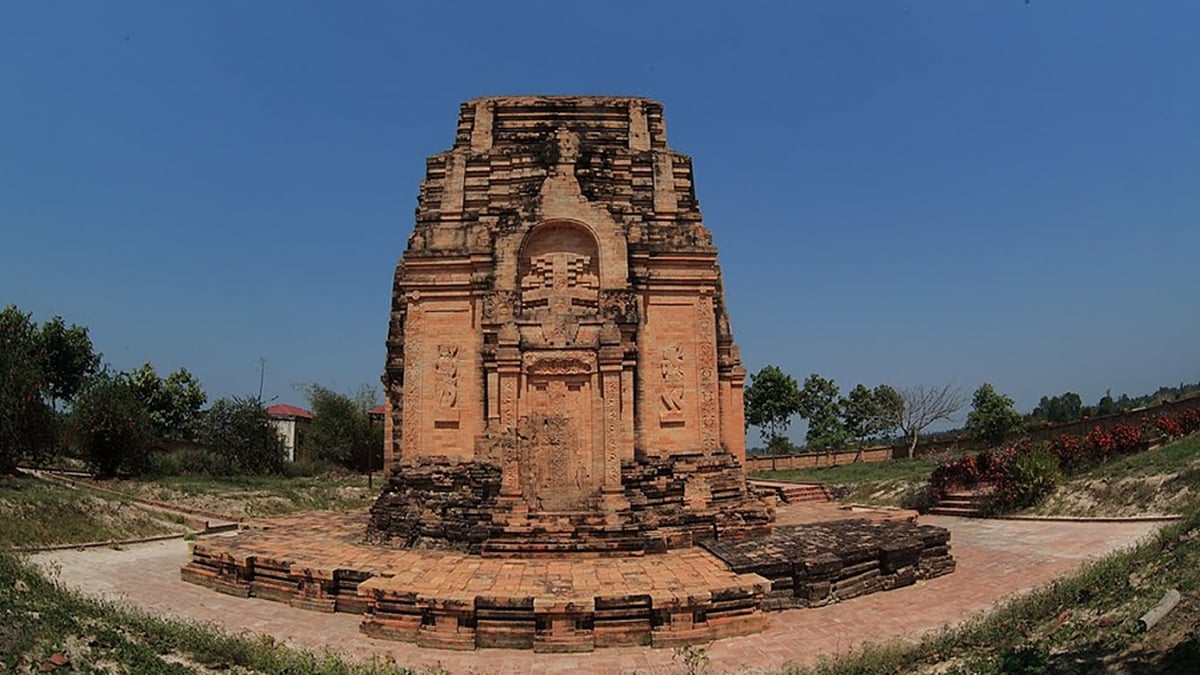
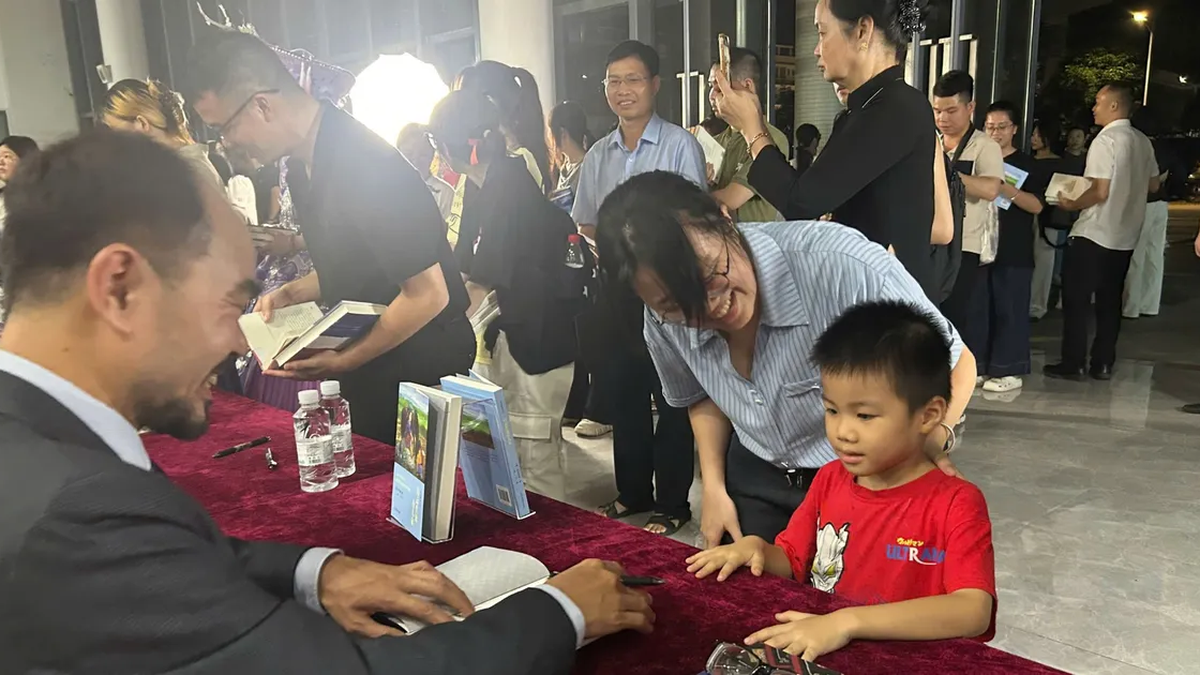

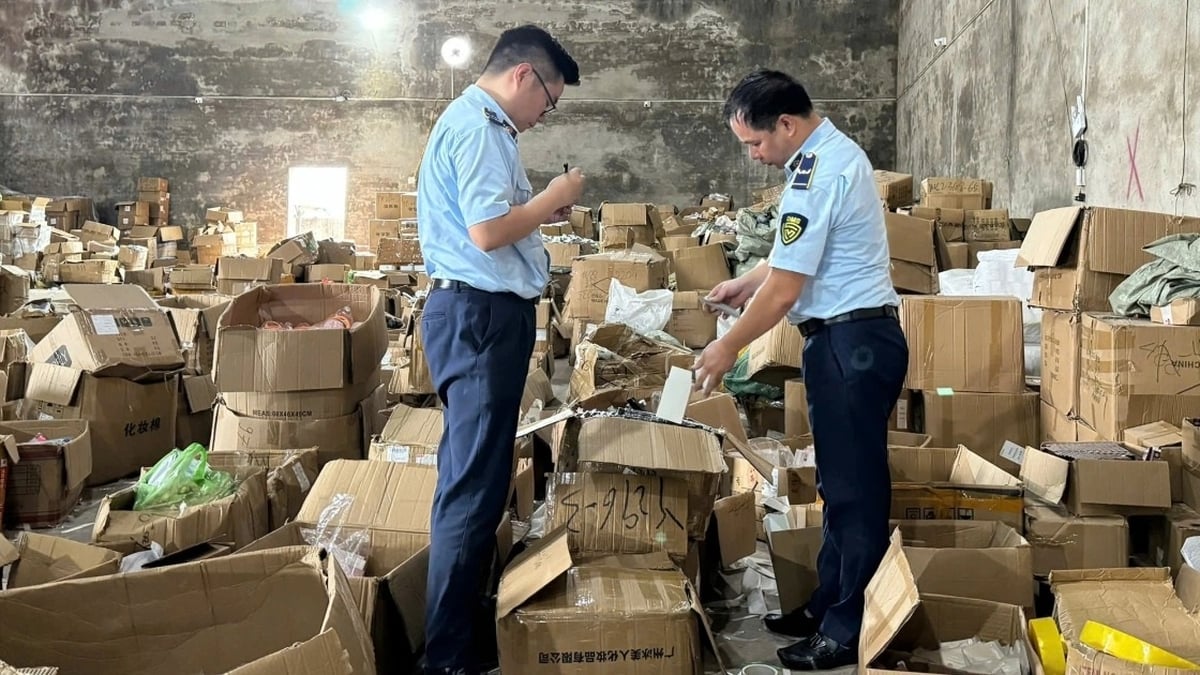











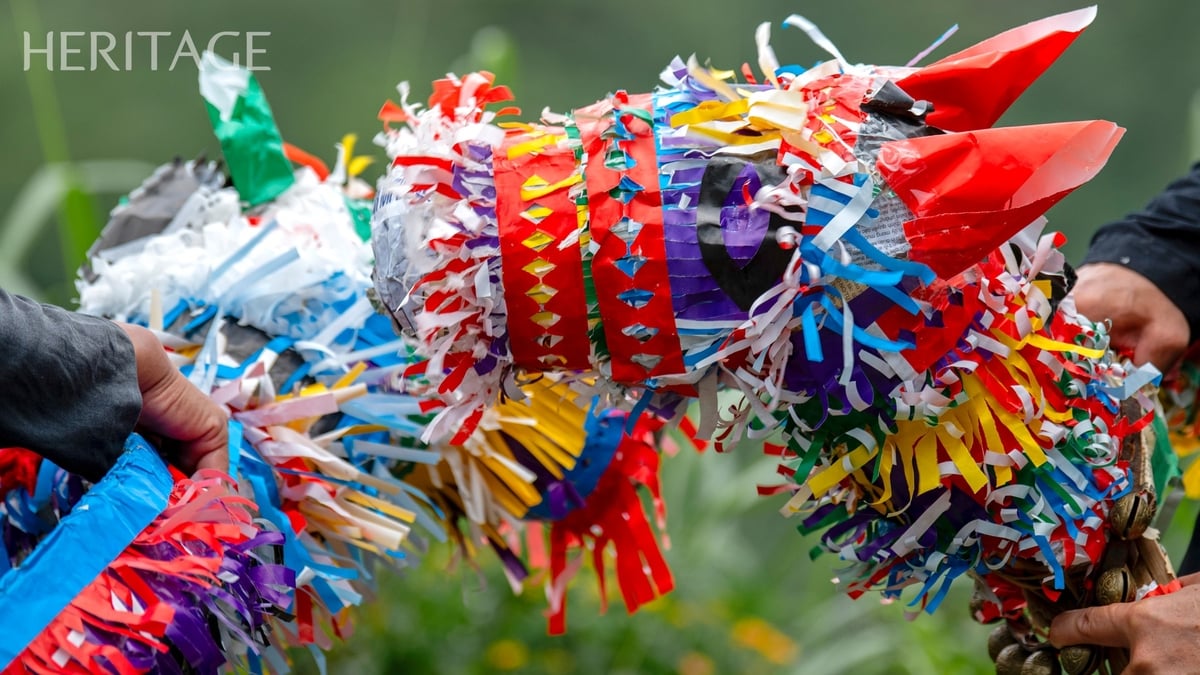








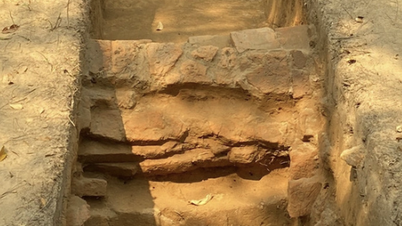

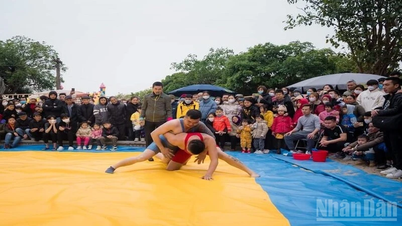
















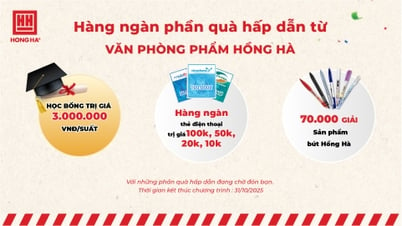



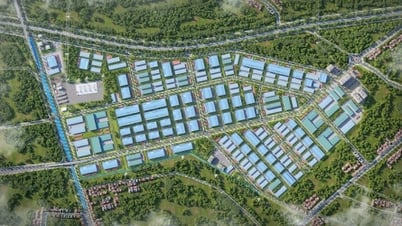






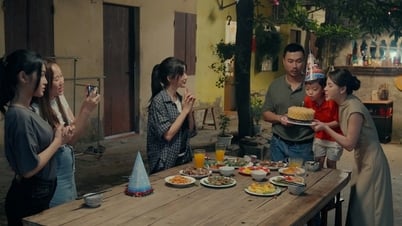



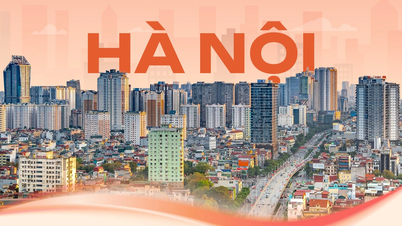


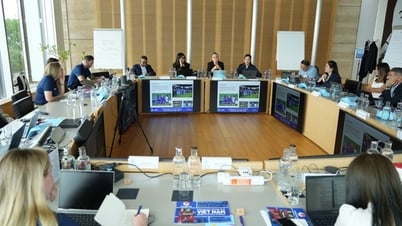

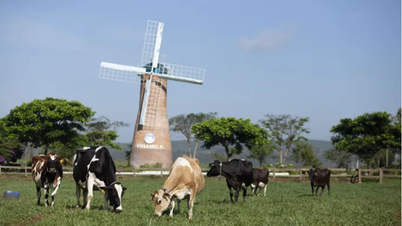

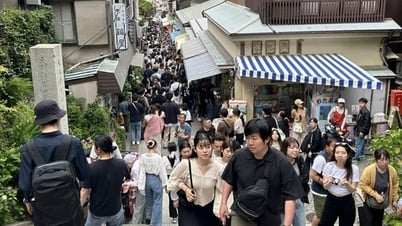
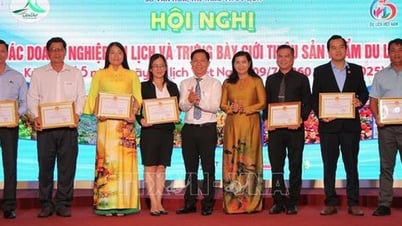







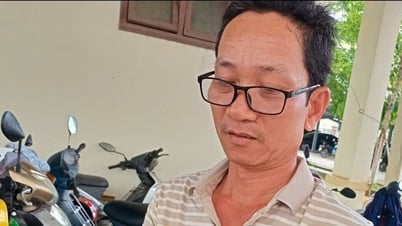

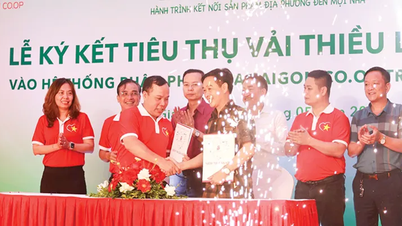

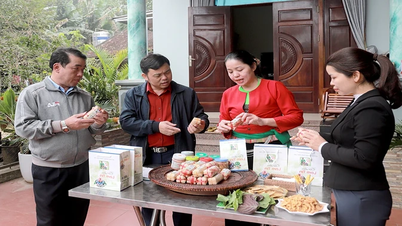







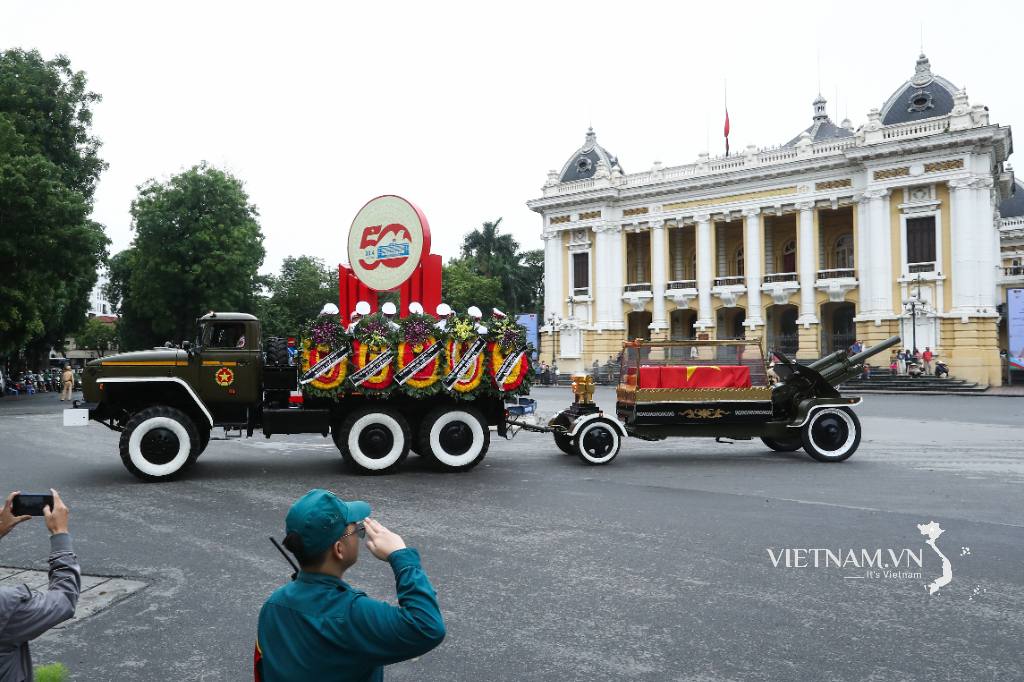

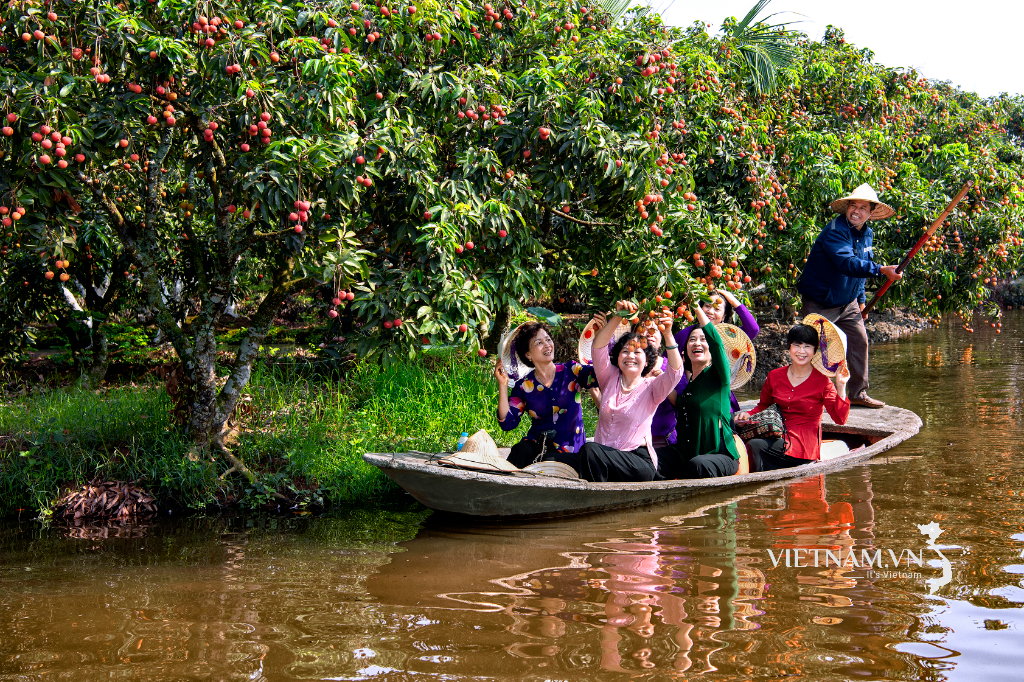
Comment (0)